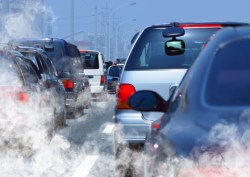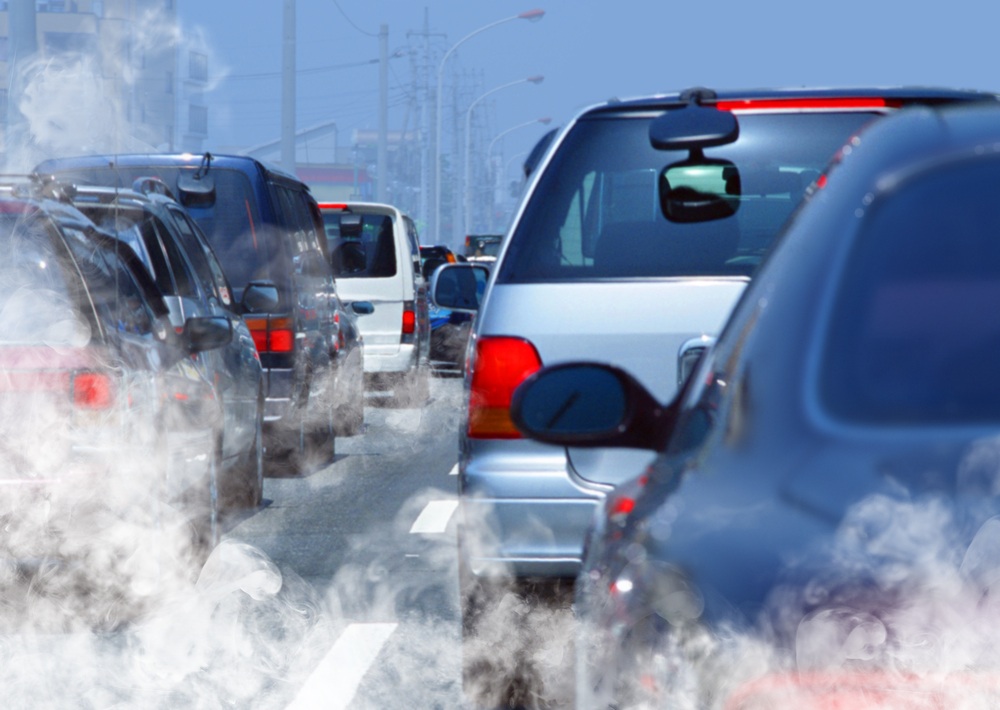
ShutterstockGet me out of here!
It’s hard to imagine a worse traffic jam than the traffic jam that slows your escape from a nuclear meltdown.
The U.S. Government Accountability Office is warning other federal agencies that they need to be thinking about that scenario as they plan emergency responses to nuclear accidents.
Current planning focuses on evacuating or sheltering people living and working within a 10-mile radius of a nuclear power plant. Such planning assumes that everybody living, say, 11 miles from an exploding nuclear reactor would sit on their asses watching the disaster unfold on CNN. And the GAO thinks that’s unlikely. Those people might instead rush into their cars and onto the streets in an understandably panicked bid to escape the area, worsening traffic congestion and making escape more difficult for those closer to the accident.
From a GAO report published last week:
Those in the 10-mile zone have been shown to be generally well informed about these emergency preparedness procedures and are likely to follow directions from local and state authorities in the event of a radiological emergency. In contrast, the agencies do not require similar information to be provided to the public outside of the 10-mile zone and have not studied public awareness in this area. Therefore, it is unknown to what extent the public in these areas is aware of these emergency preparedness procedures, and how they would respond in the event of a radiological emergency. Without better information on the public’s awareness and potential response in areas outside the 10-mile zone, [the Nuclear Regulatory Commission] may not be providing the best planning guidance to licensees and state and local authorities.
Four senators requested that the GAO conduct the study after the Associated Press published a series in 2011 on weaknesses in emergency planning around nuclear plants. From a new AP article:
Environmental and anti-nuclear groups have pressed federal regulators to expand planning to 25 miles for evacuation and 100 miles for contaminated food. They also want community exercises that postulate a simultaneous nuclear accident and natural disaster.
Nuclear sites were originally picked mainly in rural areas to lessen the impact of accidents. However, in its 2011 series, the AP reported population growth of up to 350 percent within 10 miles of nuclear sites between 1980 and 2010. About 120 million Americans — almost 40 percent — live within 50 miles of a nuclear power plant, according to the AP’s analysis of Census data. The series also reported shortcomings in readiness exercises for simulated accidents, including the failure to deploy emergency personnel around the community, reroute traffic, or practice any real evacuations.
The series further documented how federal regulators have relaxed safety standards inside aging plants to keep them within the rules and avoid the need for shutdowns.
Asked about the GAO study, Paul Blanch, a retired engineer who has worked on nuclear safety for the industry, questioned whether it’s even possible to plan for an effective, managed evacuation of residents in a very populated area. “I absolutely believe they would panic, and they’d clog the roads,” he said.
NRC spokesperson Neil Sheehan apparently took some time out of his busy day to mull the report before emailing a thoughtful, thorough response to the AP: “We disagree with the view that evacuations cannot be safely carried out.”
OK then.



